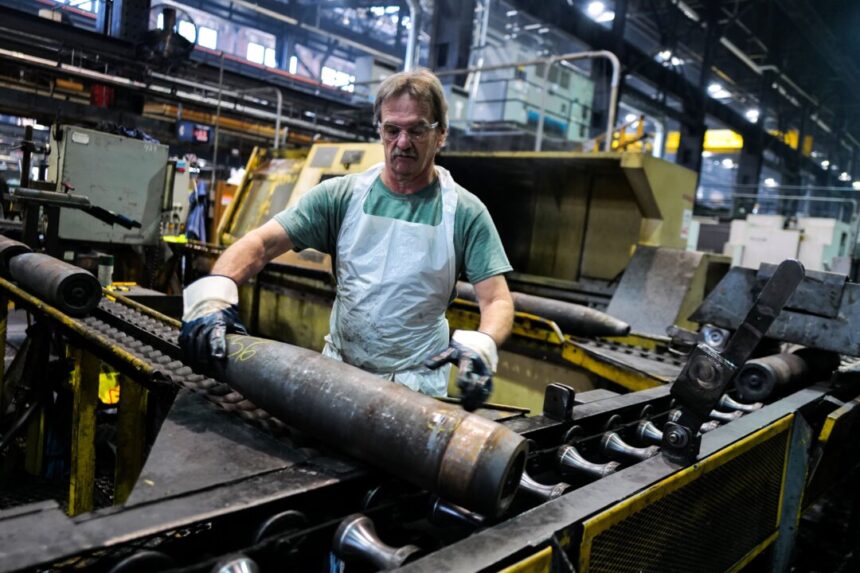Commentary
A significant benefit of reading, especially news, is the ability to pause and reflect. Everything flows smoothly,
including “Canada’s Minister of National Defence, promised $4.4 million to three Canadian munitions manufacturers this March, to research and refine processes to design and produce NATO standard 155-millimetre munitions in Canada.” Then suddenly, a moment of realization hits you, “Wait, what?”
The surprise comes from the fact that 155 mm is considered standard. It has been in common use for many years, with Ukraine currently facing a shortage and
only firing about 2,000 shells a
day. The emphasis on “day” adds another layer of astonishment.
As a journalist, I delved into the history of the 155 mm shell, tracing it back to an 1874 French committee that emerged after the Franco-Prussian War. This led to the creation of the “De Bange” cannon, named after its inventor, who managed to develop it without a government grant from Canada.
Throughout various wars, different countries experimented with artillery, leading to the development of different calibers. NATO eventually standardized on the 155 mm due to its balance of range and power, simplifying logistical efforts. However, the Canadian Department of National Defence seems to struggle with this concept.
Unfortunately, the 155 mm remains a mystery to them. This ignorance surprises me, especially considering the existence of the “GC-45 gun” (note: a military “gun” refers to an artillery piece).
Learning
from Wikipedia, it becomes apparent that the “GC-45 gun” has been in service in Canada since the 1970s, firing 155 mm shells. How is it possible that we lack the knowledge to produce them?
Addressing the issue of ammunition shortage, retired Lt.-Gen. Andrew Leslie mentioned that Canada has stored several thousand training shells, enough for a day of combat in Ukraine, but managed by someone else.
The UK is facing similar challenges, with a former director warning about their military’s hollow state and ammunition scarcity despite significant spending. In Canada, although defense spending has increased, it falls short of the promised NATO target of 2 percent of GDP.
A concerning news report reveals that Canada has embarked on a rearmament project for 15 “Canadian Surface Combatant” vessels, with escalating costs and delayed delivery timelines. The lack of progress raises doubts about the efficiency of defense procurement.
Despite advancements in technology, the inability to address basic military needs like ammunition and warships raises questions about the effectiveness of defense strategies.
Views expressed in this article are opinions of the author and do not necessarily reflect the views of The Epoch Times.





